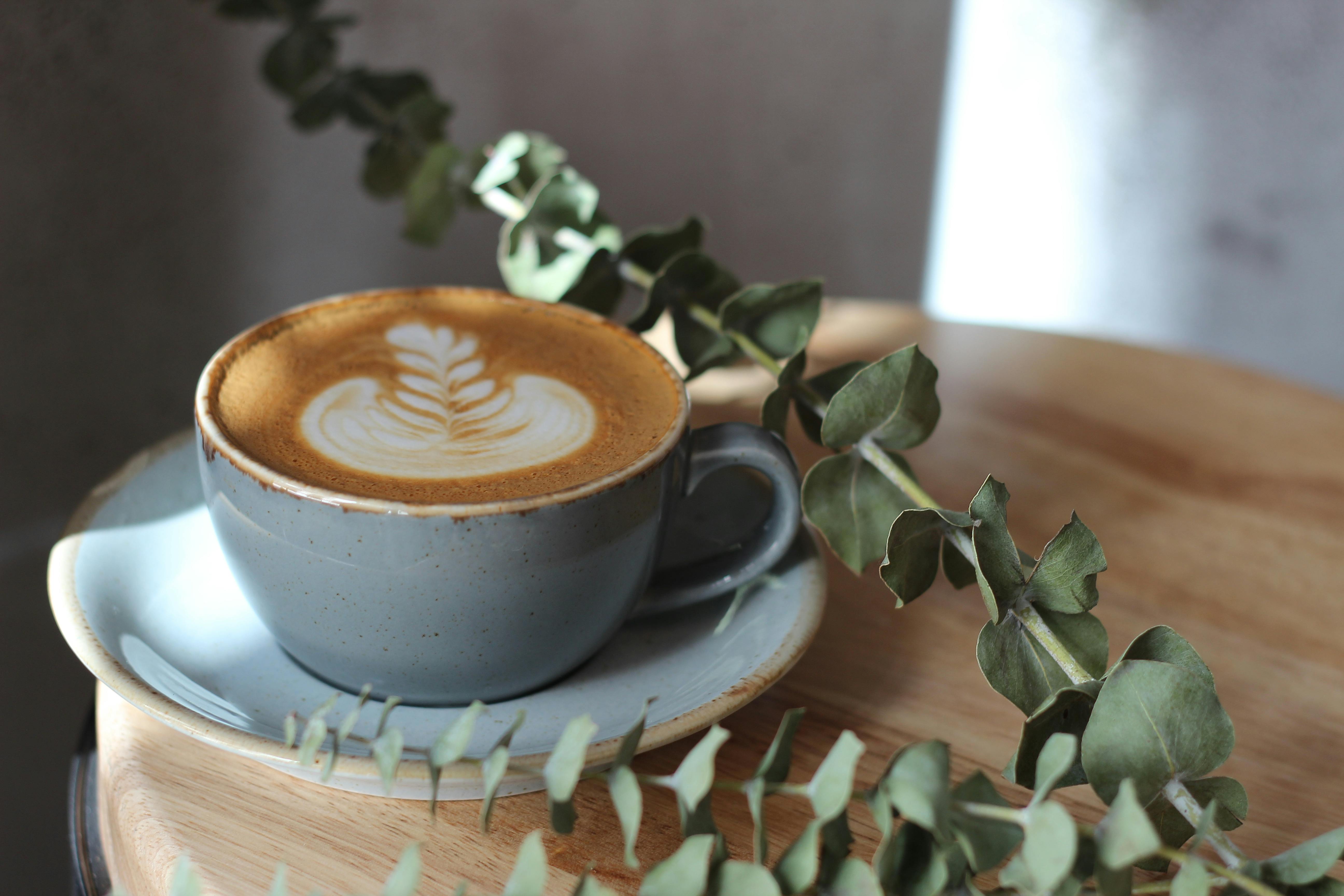Culture Traditions of Ladakh and Kashmir
In fact, the Kashmiri people have made a significant contribution in the fields of storytelling, poetry, philosophy, science, etc. Kashmiri handicrafts such as pashmina shawls, papier-mâché products, carpets, silk, wood, etc. are admired all over the world. The celebrations and festive activities during the festivals provide an important distraction from the simple and monotonous life of these people. Festivals that are celebrated with great fervor include Id-ul-Fitr, Diwali, the Hemis festival, Navratras, and the Loshar festival. Tours and Travel to the state of Kashmir gives you an opportunity to see an Indian tradition where people of different religions celebrate their brightly colored festivals and zest. The brick houses have pagoda roofs and picturesque facades.
The lifestyle of the local people is very slow in the old city. Waterways and Shikara is the best way to go inside the old city. The women are very enterprising, they sell food, flowers and hand their items in the floating markets. Kashmir willow baskets used to transport essential items from one place to another. There are a number of open air markets in the old city. Here, tourists have the pleasure of buying all the traditional spices and foods of Kashmir. Tours and Travel to the state of Kashmir also tries to store the open-air market in the old city, where you are likely to find all the traditional items that are used in the kitchens of these simple people.
ladakhi culture
Buddhism is the way of life in Ladakh. There are ancient Buddhist rock carvings throughout the region, including in areas such as ARD and the lower Suru valley that are now inhabited by an exclusively Muslim population. The gap between Muslims and Buddhists from Ladakh through Leh (on the Kargil-Leh road) and between the villages of Parkachick and Rangdum Suru in the valley, but there are pockets of Muslim population further east in Padum (Zanskar), in the Nubra valley. and in and around Leh. The Buddhist focus of the village is invariably marked by the Mani Walls, which are stone structures carved with the mantra on the snoring and shortening mane, commemorative of Cairns, like stone and pepper pots. Many villagers have had a Gompa or monastery in which there will be an imposing complex of temples, prayer halls and dwellings for monks, housing a tiny lonely and solitary hermitage at Lama’s house. Islam has also reached the West. A peaceful penetration of the Shia sect led by missionaries, its success is guaranteed by the early conversion of the sub-leaders of the ARD, Kargil and the Suru Valley. In these areas, Mani and shorter walls are set by mosques, often small unassuming buildings, or imambaras imposing Islamic-style structures, topped by gaily sunlit leaf domes.
In the Leh area, women from both the Buddhist and Muslim communities enjoy greater freedom than in other parts of the region. They not only work at home and in the field, but also to do business and interact freely with men other than their own relationships. In Kargil and its neighboring regions, on the other hand, it is only in recent years that women are merging semi-isolation and accepting jobs other than traditional farming and home care. Ceremonial and public events are accompanied by the musical performance ‘surna’ and ‘daman’ (oboe and drum), originally introduced to the Muslims of Baltistan Ladakh, but only now played by Buddhist musicians known as Mons.
Clothing
When it comes to clothing, the phiran is a commonly used garment. It is usually a woolen tunic and a lot of embroidery work is done. These dresses are decorated with colorful floral motifs and designs. Tours of picturesque and beautiful Kashmir can be a special treatment that most people on the street can see in tradition or phiran dress. Men and women find it easy and comfortable to wear these phirans as they are very warm and loose fitting and can accommodate hot water bottles or small clay pots with burning charcoal. This arrangement allows them to keep warm in extremely cold weather.
Kashmir is very popular for its pashmina shawls. These shawls are made from the wool textile tradition. The wool fabric is obtained from the mountain goat. These resorts have shawl yarn work done on them. These shawls have been worked on both sides. Kashmiri embroidery is known as Kasidis. The particularity of Kasidis’s work is that it is made so that trends appear evenly on both sides of the canvas. Kashmir, stoles are very popular. Many Kashmiri women who follow Islam wear the abaya. Trips to the Kashmir region generally try to get tourists to go shopping. Kashmiri women have a fetish for silver jewelry. Most of the women wear Kashmir with heavy silver chains with subtle pendants made on them. They carry large profits of money. The traditional earring is huge, inexpensive, and usually available in bell-shaped variations. Men wear fur coats, cashmere and brocade.
